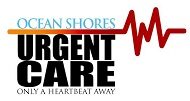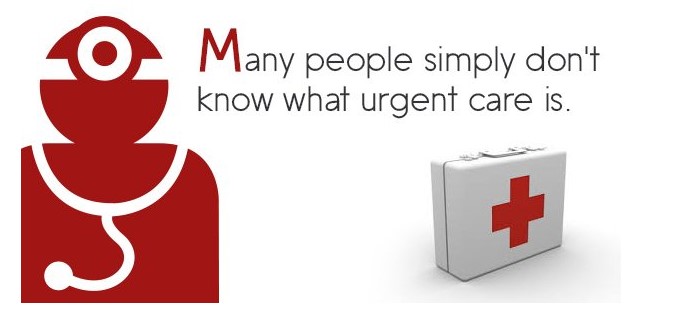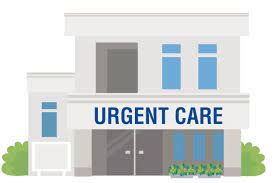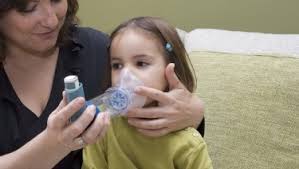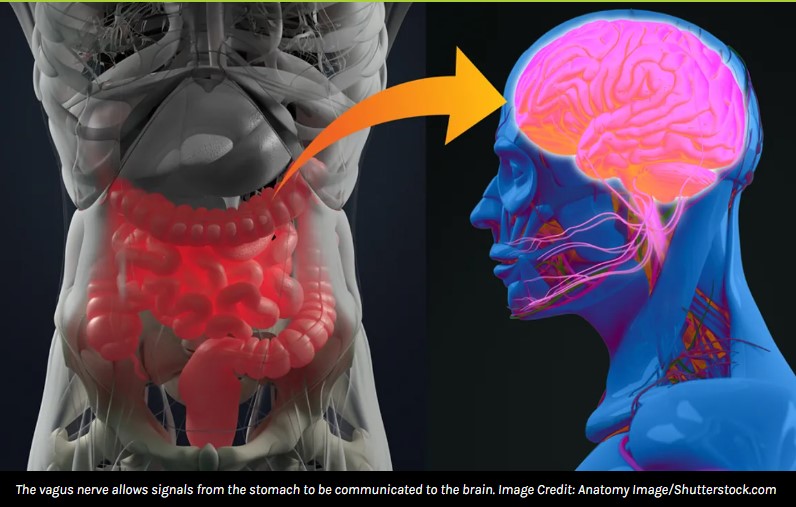
Vagus Nerve Stimulation at The Ear Strengthens Communication Between Stomach and Brain
The finding might open up new avenues to treat eating disorders and obesity.
Editorial Director; IFLScience.com
New research from the University Hospitals of Tübingen and Bonn has shown for the first time that non-invasive stimulation of the vagus nerve can strengthen the communication between the stomach and the brain, opening up new therapeutic avenues for various disorders and human health.
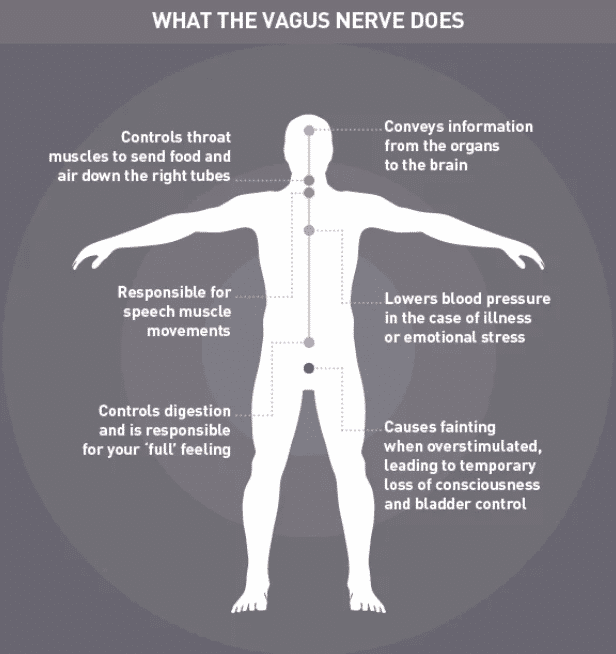
The vagus nerve is considered one of the most complex cranial nerves in our central nervous system because of its central role in human behavior, connecting various bodily signals with the brain in a “superhighway” of connectivity. This nerve is responsible for regulating internal organ functions such as heart rate, respiratory rate, and digestion.
For example, the vagus nerve signals to the brain when the stomach is empty to help support the directive search for food to eat. The nerve plays a central role in digestive processes and, therefore, the communication relayed via this nerve pathway has important implications for human health.
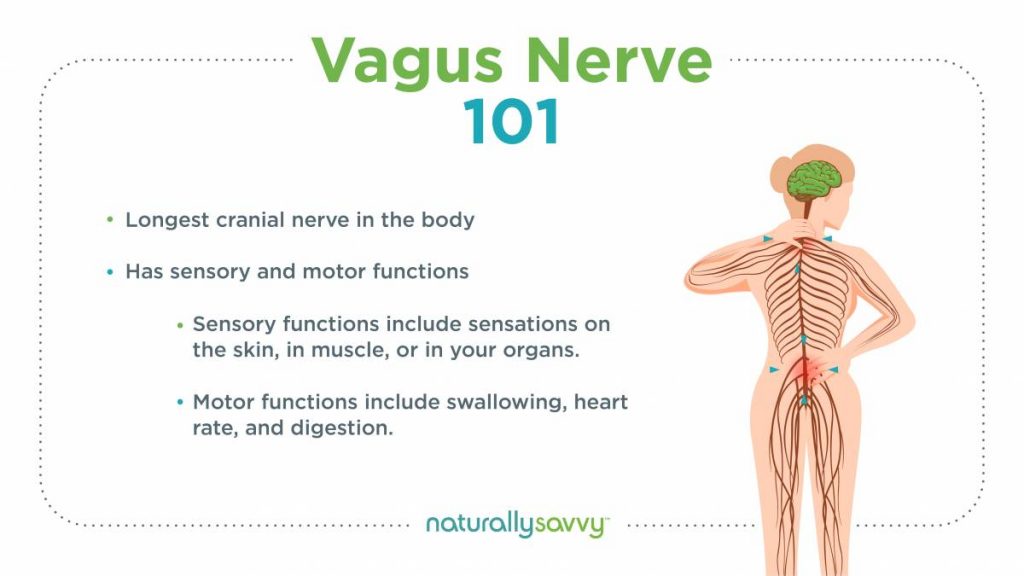
“We showed for the first time that electrical stimulation strengthens the coupling between signals from the stomach and the brain – and we can do it within a few minutes,” said Professor Nils Kroemer.
The researchers investigated 31 subjects who underwent vagus nerve stimulation at the ear while simultaneously receiving functional magnetic resonance imaging (fMRI) to record brain activation. At the same time, electrogastrogram recordings were made over their stomach regions to record signals from the digestive tract. They found that vagus nerve stimulation increased coupling between the stomach and brain and it was widespread, especially in areas of the brain that normally connect more strongly with the stomach before the stimulation was applied.
“We observed that vagus nerve stimulation increased coupling with signals from the stomach in the brainstem and midbrain,” explained Kroemer. “These regions are important because they are the first targets of the vagus nerve in the brain. Changes in the midbrain may already mediate our actions.”
The researchers say the new discovery could open up new therapeutic avenues for depression, obesity, and eating disorders in the future. The findings are reported in the journal Brain Stimulation.
Ways To Stimulate Your Vagus Nerve for Better Physical and Mental Health
Thinking about how to come out of the traps of stress, anxiety, and depression? Well, don’t feel trapped anymore. A new study found that stimulating the vagus nerve helps in better management of your physical and mental health. Read on to know how the vagus nerve works so that you can better deal with your nervous system.
Stress and anxiety initiate an inflammatory response in our bodies. If untreated it can lead to the development and persistence of many diseases. Other than using medications, the best way to combat inflammatory conditions (including all autoimmune diseases (rheumatoid arthritis, inflammatory bowel disease, endometriosis, autoimmune thyroid conditions, lupus, and more) is to engage the vagus nerve and improve your vagal tone.
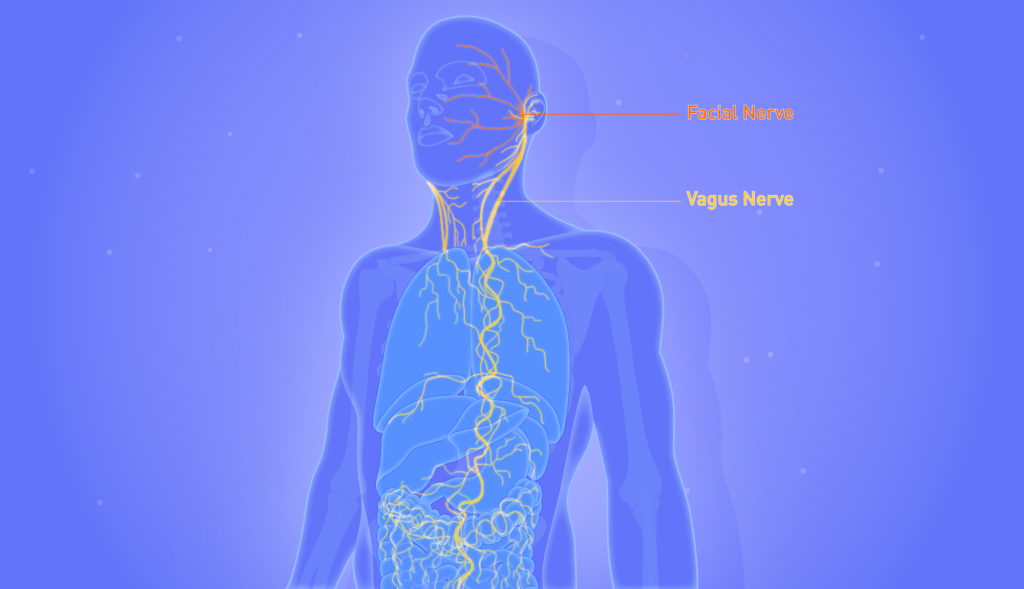
“By developing an understanding of the workings of your vagus nerve, you may find it possible to work with your nervous system rather than feel trapped when it works against you.”
— Dr. Arielle Schwartz, Clinical Psychologist
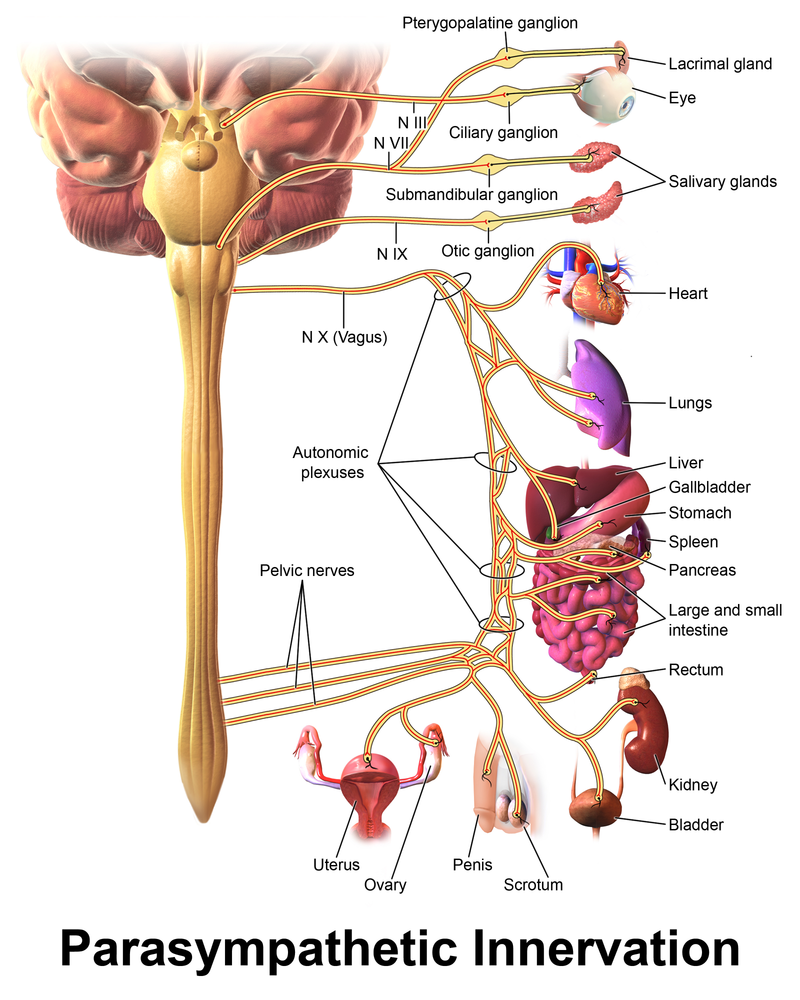
Vagus
The word “vagus” means “to wander” in Latin, which accurately represents the vagus nerve, the longest nerve in our body that extends from the cerebellum and brainstem and wanders all over the body and branches multiple times and reaches various organs like the pharynx, larynx, heart, esophagus, stomach, gut, lungs, liver, spleen, and pancreas.
The activity of the vagus nerve is known as vagal tone.
The Vagus nerve is an important part of the parasympathetic nervous system that is responsible for “rest and digestion”, which is the opposite of the sympathetic nervous system that is responsible for “fight or flight”. The Vagus nerve is a key player in speech, taste, swallowing, respiration, heart function, digestion, and excretion. It communicates with different organs with the help of neurotransmitters like acetylcholine and hormones. Any damage to the nerve can hamper all physiological activities.
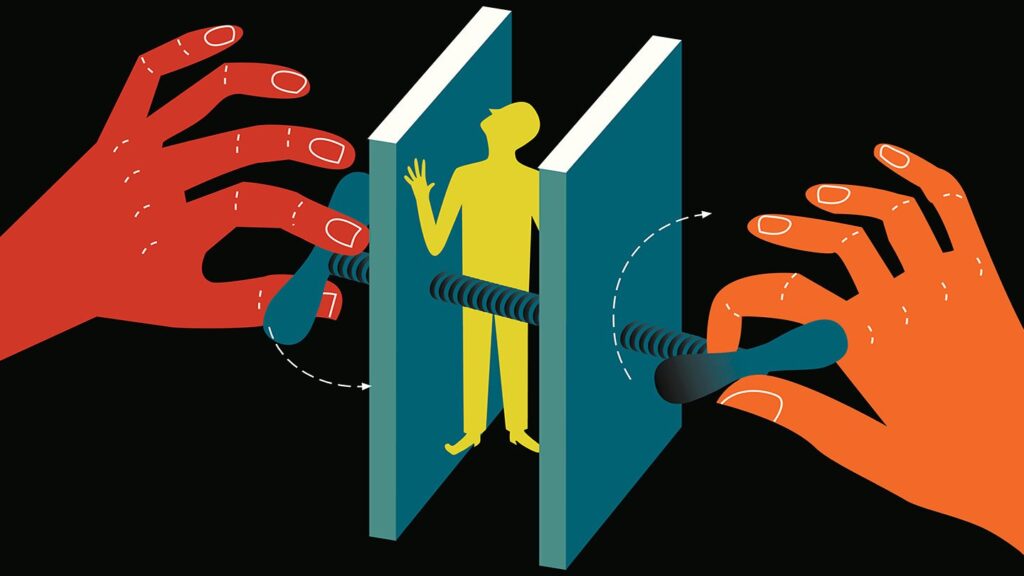
What causes vagus nerve damage?
Excessive stress or prolonged use of certain medications disrupts the vagus nerve. Inflammation and infections are other causes of poor vagal tone or functioning. This results in sleep problems, digestive issues, difficulty in breathing, lung and skin problems.
Signs of underperforming vagus nerve
- Reflux
- Anxiety and depression
- Nausea
- Vomiting
- Weight gain
- Abdominal pain
- Diarrhea
- Constipation
- Memory loss
- Temperature dysregulation
- Dizziness
- Fatigue
- Gastroparesis
- Joint and muscle pain
- Headaches
- Psychosis
- Insomnia

Vagal Tone
Various biological processes represent the activity of the vagus nerve. An increase in vagal tone activates the parasympathetic nervous system. An increase in heart rate during inhalation and a decrease in heart rate during exhalation represent a healthy vagal tone. Bigger the difference between inhalation heart rate and exhalation heart rate, the higher the vagal tone.
Why is the vagus nerve and vagal tone important for physical and mental health?
With poor vagal tone, the body needs more time to relax and perform primary functions as the movement of wastes via the GI tract due to bacterial overgrowth. Bad gut microbes in turn influence the activity of the hypothalamus-pituitary-adrenal (HPA) axis via the vagus nerve. The disturbed HPA can affect neuronal cellular activity in the brain and lead to inflammation and neurodegeneration. As mentioned earlier, the vagus nerve wanders all over the body so if it is not working well, multiple functions are affected.
This nerve influences respiratory rate, heart rate, digestive function, all of which can greatly impact your mental health. But, the most important thing is the “tone” of the vagus nerve. According to a publication by Jordan Fallis, there is a positive feedback loop between high vagal tone, positive emotions, positive social connections, and good physical health.
People with a high vagal tone tend to have strong social connections, and experience positive emotions, and better physical health. On the other hand, people with low vagal tone experience depression, loneliness, negative feelings, and heart attacks.
Vagus nerve is also associated with brain health and gut health. You can consider vagal tone index as your body’s gut feeling that sends signals to the brain that leads to feedback loop of more positive emotions or negative emotions. Thus, the vagus nerve is important for both physical and mental health.

Our body’s immune system releases some signals called cytokines, which determine the vagal tone index. So, stimulating the vagus nerve can help treat inflammatory diseases such as rheumatoid arthritis, without the use of pharmaceutical drugs.
Barbara Fredrickson and Bethany Kok of the University of North Carolina used a loving-kindness meditation (LKM) technique to investigate if positive emotions, robust social connections, and physical health influence one another in a self-sustaining upward spiral dynamic and feedback loop. The technique helped the participants become better at self-generating positive emotions and making close-knit human bonds. The study results revealed an increase in vagal tone in participants.

Stimulating the vagus nerve and increasing the vagal tone can help treat different brain and mental health conditions:
- Anxiety disorders
- Depression
- Tinnitus
- Alcohol addiction
- Autism
- Migraines
- Fibromyalgia
- Bulimia nervosa
- Poor memory
- Traumatic brain
- Injury
- Chronic fatigue syndrome

Benefits of having a high vagal tone:
- Low blood pressure
- Improves blood-sugar regulation
- Reduce migraines and headaches
- Improves blood circulation
- Better mood
- Reduce inflammation
- Reduce stress and anxiety
- Lower risk of heart stroke
- Improves digestion
- Fosters positive emotions
- Improves mental well-being
How Does Vagus Nerve Stimulation Reduce Inflammation?
The Vagus nerve reads the gut microbiome and initiates a mechanism to modulate inflammation based on whether or not it detects pathogenic versus non-pathogenic organisms. That’s how a gut microbiome can influence your mood, stress level, and overall inflammation.
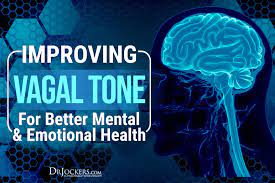
Ways To Increase Vagal Tone:
Diaphragmatic breathing
This technique stimulates the vagus nerve and helps mitigate stress and anxiety. You can also try this breathing technique before bed to have a good night sleep. Here are simple steps to follow:
- Lay down on your back
- Elevate your legs
- Make sure your knees are at 90 degrees (on a box or bench)
- Breathe slowly, take 10-20 slow breaths
- Put one hand on your upper chest and other hand over your belly button
- Inhale so that your lower hand on belly is moving upward
- If you see only upper hand is moving upon inhaling, practice filling your belly with air
Cold exposure
Exposure to cold boosts parasympathetic activity and activates cholinergic neurons through the vagus nerve, which increases vagal tone. Here are few quick tips to do:
- You can splash cold water on your face 10–20 times a day
- Take a shower with a quick 10-second blast of cold or hot-cold contrast showers
- Walk a small distance in winters in a t-shirt and shorts.
Chanting mantras, singing or gargling
The Vagus nerve is connected to the vocal cords, so it is stimulated by – singing, humming, gargling, and chanting mantras. Also, these activities have a biologically soothing effect. Start humming your favorite tune when cooking or gardening or taking shower.
Yoga and meditation
Yoga and meditation are two important relaxation techniques and are well known to improve physical, mental, and emotional well-being. Both practices stimulate the vagus nerve and vagal tone. Daily yoga increases gastric motility, which is important for the easy movement of food through the digestive tract. Yoga does this by stimulating the vagus nerve. Daily meditation promotes feelings of goodwill towards yourself. This technique reduces sympathetic “fight or flight” activity and increases vagal modulation.
Improve social connections
Staying connected with friends and neighbors increases social support, which evokes positive emotions and increases vagal tone. Reach out to your friends no matter in which part of the world they are and laugh out loud. Laughter increases heart rate variability. Social connection and stable support improve physical and mental health.

Maintain healthy gut
Because gut microorganisms can activate the vagus nerve, through a positive feedback loop. Three things are important to maintain a healthy gut:
- Cut sugar from your diet
- Consume plenty of fiber rich food
- Eat fermented foods or a probiotic
Research shows that excessive sugar is associated with chronic inflammation of the GI tract mucosal lining that gives easy access to pathogens, which further perpetuate inflammatory signals to the brain. So, nix sugar from your diet and eat more fiber.
Daily intake of 25-plus grams of fiber improves bowel movement and allows your body to eliminate on a daily rhythm. When you poop daily, there is less stagnation of inflammatory food residues in the colon and bad bacteria that impairs brain and gut communication. Besides fiber, daily intake of probiotics is necessary to maintain optimal gut-brain signaling and reduce stress, anxiety, and depression.
Massage
Massages like foot massages (reflexology) can increase the vagal activity and vagal tone, and decrease the “fight or flight” sympathetic response.
Exercises
This is the best brain health booster. You don’t need to build six-pack abs! Simple weight lifting (1-4 times per week), sprints (1-2 times per week), and brisk walks (30-60 minutes a day) are enough to – stimulate the vagus nerve. You can also choose your favorite sport so that you will stick with it consistently. If you are obese, then you must adopt sustainable practices for weight loss. Because obesity and gut inflammation can disturb vagal activity. Also, negatively affect the connection between the brain and the GI tract. Besides exercises, follow Mediterranean diet for better results.
Add omega-3 to your diet
You must eat an omega-3 rich diet because your body cannot produce it naturally. Avocados, salmon, walnuts, olive oil and flaxseeds are some of the food sources of omega-3. Studies showed that omega-3 fatty acids help in the proper functioning of your brain and nervous system and increase vagal tone and vagal activity. Having high omega-3 improves mental well-being, heart health and lowers inflammation.
The Takeaway
Vagus nerve is a wonderful drug-free alternative for treating inflammatory response, low mood, depression and more. Isn’t it? Stimulating vagal activity offers significant health advantages and is supported by a bulk of studies. Unlike taking drugs, it won’t burn your pocket plus fewer side effects. Increase your vagal tone and you will gain the power to control your body and mind. By stimulating the vagus nerve you can signal your body to relax, which can improve your mood and wellbeing. However, there is a need for more trials for testing if vagus nerve stimulation can improve the lives of other people suffering from other diseases including Parkinson’s, Crohn’s, and Alzheimer’s.
Resources:
